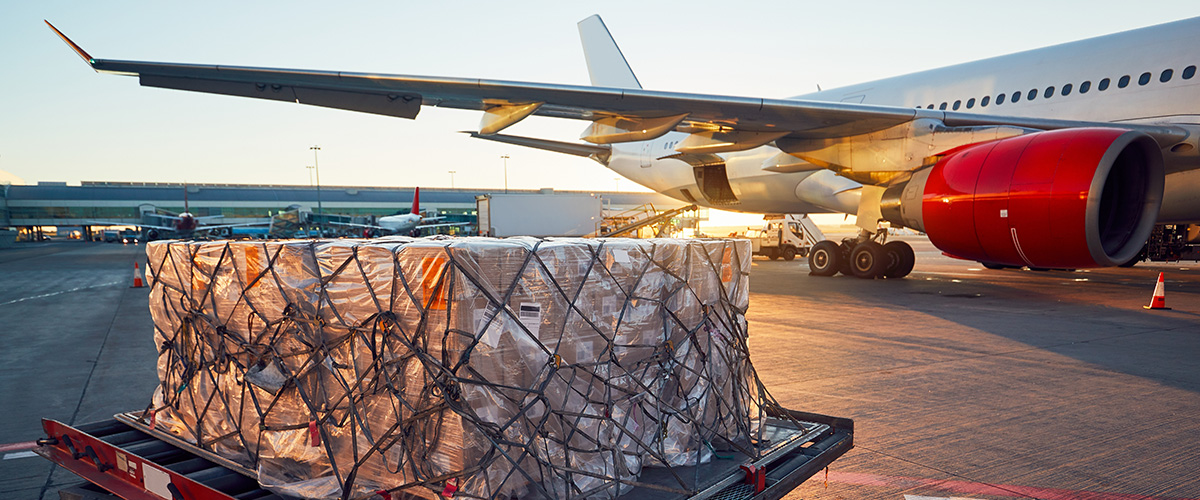Freight and air travel diverge in 2024 as the transportation sector navigates rising costs and global risks.
The transportation industry saw mixed results in 2023, with freight demand facing challenges while air travel experienced a strong rebound. In 2024, the sector remains influenced by shifts in consumer preferences, economic pressures, and geopolitical uncertainties. Here’s an overview of the key trends affecting the industry and what to expect in the year ahead as depicted by our Senior Underwriter, transportation sector risk expert, Tosin Faola.
Freight and Air Travel: Differing Paths
Freight transportation struggled in 2023 as consumer demand for goods decreased. High interest rates and global conflicts, particularly in Ukraine and the Middle East, have added layers of complexity. This has tightened consumer spending and, in turn, reducing the need for transporting goods. While spending on durable goods like automobiles held strong, it’s clear that overall demand for freight has been slowing.
On the other hand, air travel saw a resurgence as people resumed travel post-pandemic, particularly for leisure. However, this surge is expected to taper off, with air travel returning to pre-pandemic levels in 2024 as the built-up demand stabilizes. Meanwhile, water transport is projected to contract slightly, reflecting the overall cooling of trade and shipping activity. From this we can see how consumer preferences are shifting away from goods toward experiences like travel. This might be a trend that continues as the economy slows.
Economic and Geopolitical Pressures Weigh on Trade
One of the biggest challenges for the transportation industry is the slowdown in global trade. The ongoing conflicts and economic uncertainty have caused a dip in demand for shipped goods, leading to overcapacity and falling freight rates. Shipping companies are struggling to find the right balance between supply and demand as trade volumes remain weak. This is putting significant pressure on profitability, forcing many businesses to rethink fleet sizes and operational costs to stay competitive.
Adding to these economic challenges are the geopolitical risks that continue to disrupt global trade. The Russia-Ukraine war has contributed to rising fuel prices, especially for jet fuel, which directly impacts airlines’ operating expenses. Additionally, conflicts in key regions like the Middle East have led to unpredictable spikes in freight rates, making planning more difficult for companies. With these risks unlikely to subside anytime soon, businesses must remain prepared and adaptable in how they manage their supply chains.
Transportation
How Does Credit Insurance Support Transportation Businesses?
Discover how credit insurance can help transportation companies manage risks tied to delayed payments, fuel price volatility, staff shortages, equipment financing, and more.
Learn MoreGet in Touch
Looking For a FREE Quote?
Obtaining a free Trade Credit Insurance quote or just some more information is fast and easy! Get in touch with us today.
Get Started Call 800-822-3223Rising Costs and Labor Shortages
Another pressing issue for the transportation sector is the fluctuation of fuel prices. Oil prices are projected to stay high in 2024, with Brent crude expected to stay around $85 per barrel, and fuel costs remain a substantial burden for companies, especially for those in the airline and shipping sectors. With fuel being one of the largest operating expenses, this price unpredictability adds strain on profit margins.
Labor shortages are also adding to these pressures. The tight labor market, while supporting some consumer demand, has increased wage pressures. This makes it difficult for companies to staff sufficiently and manage operating costs. Ongoing staff shortages and labor disputes have the potential to disrupt operations, which adds more uncertainty to an already complex environment.
Sustainability Challenges
Finally, environmental regulations are increasing for transportation companies particularly in regions like Europe, where standards are stricter. As the push to reduce greenhouse gas emissions intensifies, businesses are investing heavily in more fuel-efficient technologies. While these investments are crucial for long-term sustainability, they can be difficult to manage in the short term due to high costs.
Looking Ahead: Challenges and Opportunities
Despite these challenges, there are reasons to remain optimistic. Government investments in infrastructure and supply chains are expected to boost efficiency and reduce some of the costs associated with logistics. By improving transportation networks, these efforts could help stimulate demand for freight services. This will offer a potential lifeline for companies facing weak trade volumes.
As we continue through the year and into 2025, the transportation industry will need to stay agile in responding to economic pressures, consumer behavior shifts, and the evolving global trade environment. It’s very likely that sustainability will only increase in demand, so preparing for those cost adjustments is crucial. The companies that adapt by finding ways to enhance efficiency and navigate these obstacles will be better positioned to face upcoming challenges. Stay up to date on the industry from our new page for the transportation industry here.


